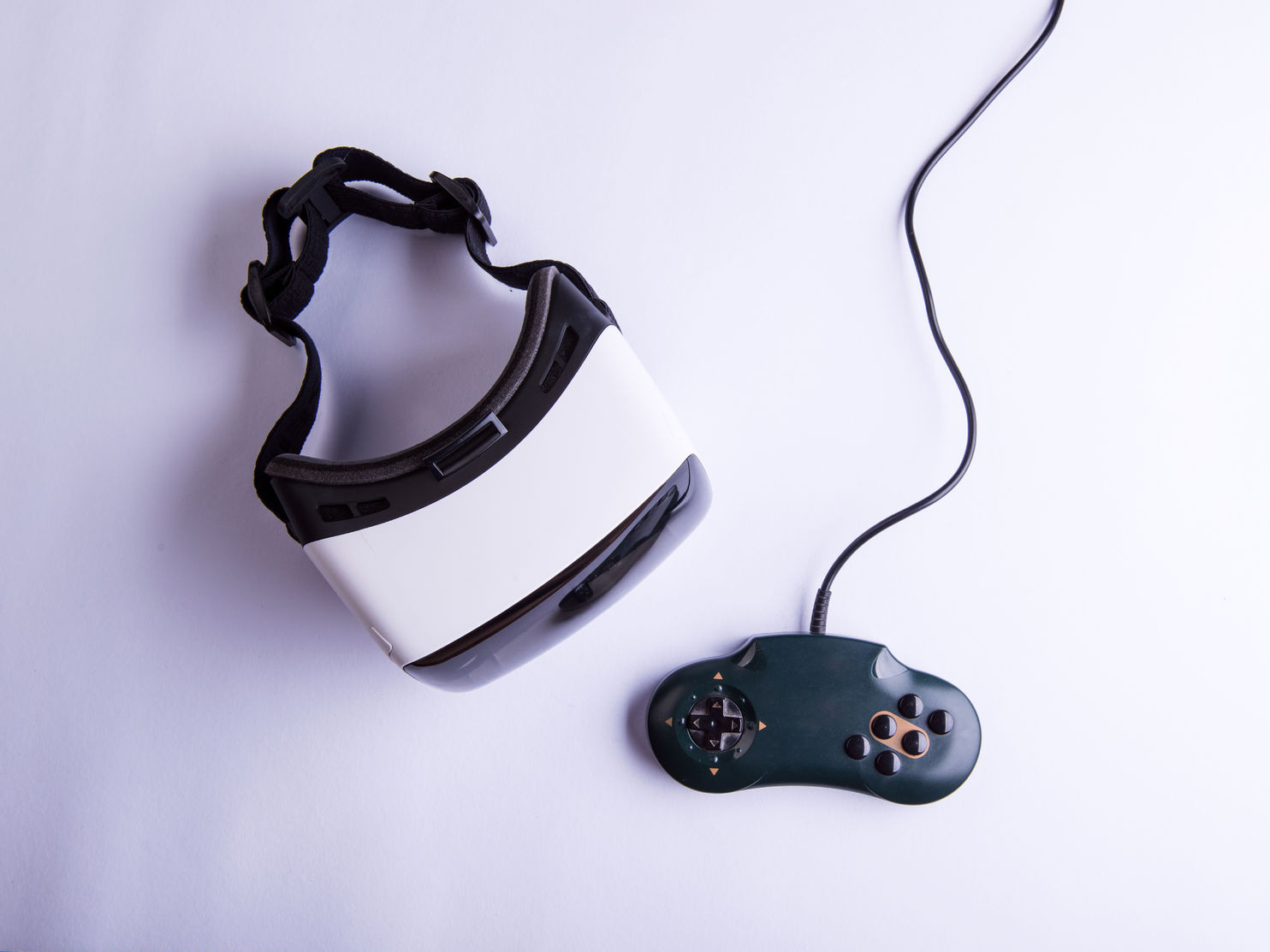Even though consumer-grade virtual reality hardware is still in the early stages of development, there are some issues that need to be sorted out. It is not entirely surprising to learn people have some problems with the way things are done right now. Below are some of the main concerns people have with VR, although they can all be solved given some time and proper funding.
3. Games Feel Incomplete
A lot of people enjoy their virtual reality headset thanks to the vast plethora of available games. However, there is an asterisk when it comes to VR games, as they are either rather short or feel incomplete. One could argue most games feel like an “experience”, but nothing necessarily groundbreaking
That can prove to be quite problematic in the long run. Most VR games cost $25 or more, with some even heading to the $50 mark. If players feel they do not get their money’s worth out of it, it is up to developers to improve the situation. Very few games actively keep players engaged after they have been played through once, which is a shame. Things will get better over time, though.
2. Lack of Overall Content
Outside of the VR game ecosystem, there is a glaring lack of content to enjoy. Granted, users can bring their own content to the VR ecosystem through a few apps, yet the quality product by HMDs is less than stellar right now. Moreover, the apps, while providing a wide range of features and experiences, are not necessarily all that engaging either.
Some companies are working on bringing more content to the VR world. It will take a few more years before a decent catalog has been created, though. Virtual reality is still a relatively new technology and no one should expect miracles to occur overnight. Moreover, it is very difficult to please everyone, as most people remain on the fence regarding what content they want to consume in VR.
1. The Tethered Connection
The biggest drawback to buying a high-end VR headset right now is how it requires a physical connection to your computer or laptop. Although the tether is quite long, it gets tangled behind your back, around your arms, and in between your legs rather often. Moreover, it is attached to the headset, and getting the cord stuck will yank your head in an unexpected direction.
It is unclear if and when true wireless HMDs will arrive. To be more precise, wireless HMDs which are capable of producing high-quality content, rather than the resolutions we are dealing with right now. That is the downside when buying the first generation of VR hardware, as you have to take the bad with the good. Wireless HMDs will arrive sooner or later, and they will change the ecosystem for the better.
If you liked this article make sure to follow us on twitter @thevrbase and subscribe to our newsletter to stay up to date with the latest VR trends and news.












